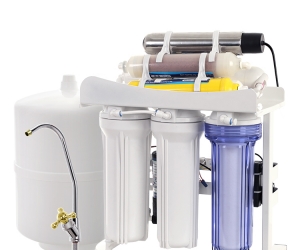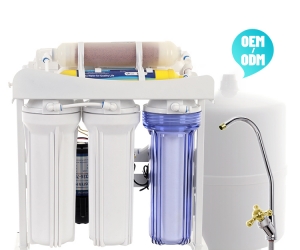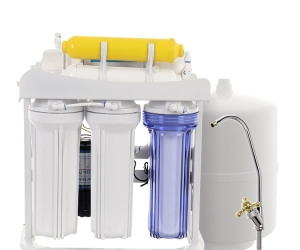Nitrates enter the water supply through agricultural run-off, industrial waste, the use of fertilizers and herbicides, and from leaking septic tanks and burst sewage systems. Naturally occurring bacteria found in soil can also metabolize nitrogen into nitrate deposits in the earth. Rainwater can carry manure from farmlands into streams and lakes. Animal waste is another common way for nitrates to be introduced into water supplies. Crop irrigation can embed nitrates deep into the soil, and as precipitation percolates down through the earth, the nitrates can make their way into aquifers. As natural deposits of nitrates erode, increased concentrations can appear in underground water systems being used for well water.
Nitrates are most commonly found in rural, agricultural communities dependent on well water. Since there are clear EPA regulations for nitrate levels in municipal water supplies, it would be very uncommon to find elevated nitrate levels in city water. But, in farming communities where fertilizer, pesticides, and animal waste are common, it is not unusual to find an undesirable abundance of nitrates in the water. Livestock facilities also generate nitrates, as the waste produced by the animals can make its way into groundwater aquifers. Since many of these rural communities rely on wells to provide their homes with drinking water, this is especially problematic. These wells, if bored into a shallow aquifer downstream from farmlands, are very likely to be contaminated with elevated nitrate levels. Agricultural watersheds are the most likely to suffer from undesirable levels of nitrates in the water.
Those living within the vicinity of industrial manufacturers may also find their wells contaminated with nitrates. Nitrates are commonly used as oxidizing agents in the production of ceramics, to remove air bubbles from glass, and as an agent to harden metals. Nitrates are also used in munitions and explosives manufacturing. High nitrate levels also occur around golf courses, near wastewater disposal sites, and landfills.





